6 Common Causes of Hair Breakage & How to Avoid Them
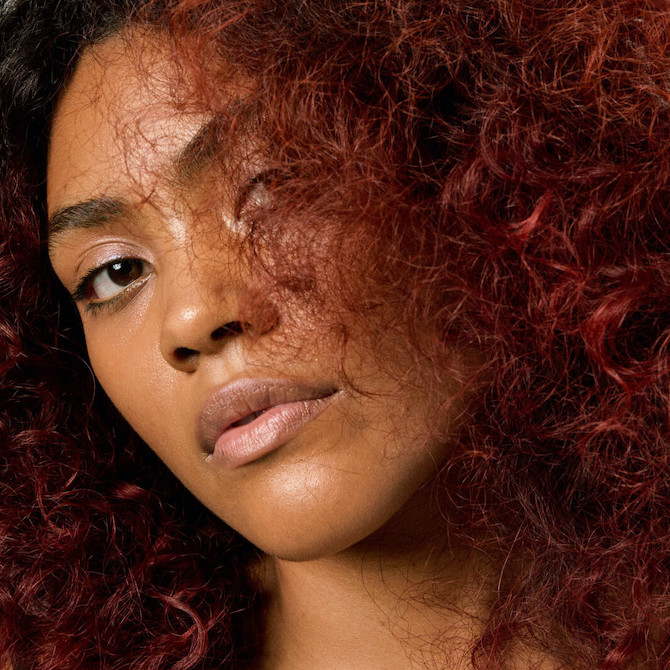
You’ll know hair breakage when you see it. It might start out as a few split ends that, over time, turn into broken lengths with a frayed, rough texture. But it doesn’t have to get that far; by understanding the causes of hair breakage, you can stop it in its tracks with a few regimen upgrades.
So, let’s take a look at the biggest culprits behind broken hair, plus the quick changes you can make (right now) to steer clear of long-term damage…
So, What Causes Hair Breakage?
1. Using the Wrong Hair Products
Often, broken hair is a sign that your regimen isn't rich enough. When your hair isn't getting the care it needs, it can become dry, brittle and delicate. So, reach for products that provide inside-out care and work to strengthen strands, like the bond-boosting, deeply reparative ULTIMATE REPAIR regimen.
Every stage is covered. You start with the ULTIMATE REPAIR Shampoo, a luxuriously rich cleanser with Metal Purifier to give your hair a deep yet gentle detox. Then, follow with the ULTIMATE REPAIR Conditioner or, on days when richer care is needed, the ULTIMATE REPAIR Hair Mask. They're each infused with a skincare-inspired blend of AHA and Omega-9 to replenish hair's inner and outer layers.
And the final, most essential step is ULTIMATE REPAIR Miracle Hair Rescue, our now-viral leave-in treatment that repairs hair damage in 90 seconds¹. (Yes – just 90 seconds). It's so easy to use; all you have to do is mist it from root to tip through clean, damp hair, let it absorb, and then style as usual. You'll also be left with 99% less hair breakage², thanks to the potent reparative blend.


2. UV Rays and Excessive Heat Styling
Whether it's from your flat iron, blow dryer or the extreme temperatures outside, heat damage can dry out your hair over time, stripping essential oil from its protective layer. So, you need two things to prevent future hair breakage caused by heat: a heat protectant that wards off damage from hot tools and UV rays, and a hair oil that locks in nourishment.
ULTIMATE SMOOTH Miracle Oil Serum ticks both boxes. Not only does it deeply nourish brittle hair, but the blend of Squalane and Omega-9 fatty acids also protects against the effects of sun damage and heat styling tools. Layer it over ULTIMATE REPAIR Miracle Hair Rescue after washing or apply it directly to dry hair. The silky formula gives you nourishment in 30 seconds and keeps frizzy hair smooth for up to 3 days³.
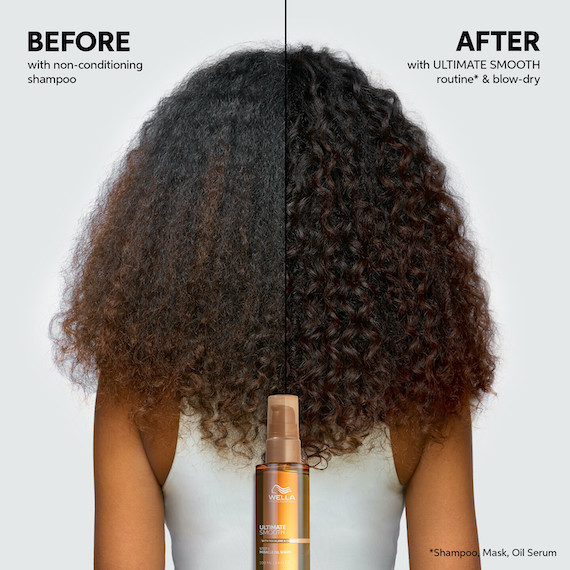
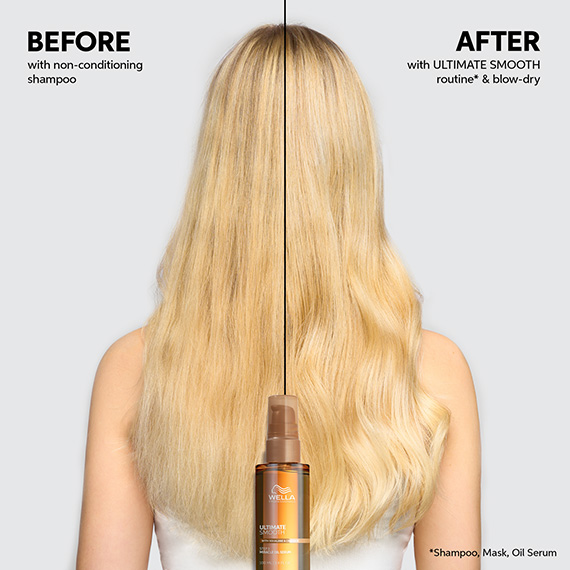
3. Too Much Wear and Tear
A little bit of daily wear and tear is unavoidable. It's one of many reasons you need to book regular trims, to keep those stressed ends neat and tidy. But if your hair is undergoing too much mechanical damage from day to day, soon enough, you'll start to see the signs of breakage working higher and higher up the hair shaft. So, make these easy switches to reduce the amount of tension placed on fragile hair:
- Go gentle when using shampoo. Instead of rubbing it into your hair, very gently massage it through hair roots and lengths. Your hair will get just as clean, but without turning into a tangled mess.
- One of the big causes of damaged hair is an incorrect drying technique. So, when you're fresh out of the shower with wet hair, swap your regular rough towel for a microfiber towel to ensure a gentler touch. Use it to blot excess water away instead of rubbing, and if you have a curly hair type, try a press and twist motion to enhance your beautiful, natural texture.
- Detangle through the ends of your hair first. Dragging your brush from root to tip can pull at the hair follicles and lengths, so it's important to work through knots section by section. Start through the ends, using a hairbrush or wide-tooth comb to gently separate tangles, then slowly work higher up the hair shaft until every strand is knot-free.
- Avoid tight styles. High ponytails and topknots put extra stress on the roots of your hair while rubber bands and elastics cause hair damage through the lengths. So, try wearing your hair loose or switch to protective styles, like low-slung ponytails, chignons or braids. Remember to secure your styles with silk scrunchies or spiral hair ties to keep broken hair strands at bay.
- If you wear hair extensions, talk to your stylist about the type of extensions best suited to your hair type and condition. Using the wrong kind can leave hair weak and lead to severe hair breakage.
4. Chemical Overprocessing
Thanks to cutting-edge technology, hair color services and treatments such as chemical straightening can now be achieved with minimal (and sometimes zero) damage. But, if you overdo them, you may see signs of hair breakage start to appear. One way to reduce this is by heading to your nearest Wella salon, where your colorist can add WellaPlex to your color formulas to strengthen bonds inside strands of hair. They can even transform your lightening services – think highlights and balayage – with BlondorPlex. It has the WellaPlex ingredient already built in for up to 97% less breakage⁴. A game-changer.
5. Overnight Hair Friction
Believe it or not, your hair goes through a lot of stress while you sleep. You might be resting, but your strands are putting up their best fight against friction from your pillow as you toss and turn. So, give your hair some extra overnight support with ULTIMATE REPAIR Night Serum, which shields strands while you sleep, helping you wake up to 6x smoother hair⁵. This is also a good time to upgrade your bedding. Swap cotton pillowcases for silk pillowcases, which are gentler on both your hair and skin, leading to less damage overnight.
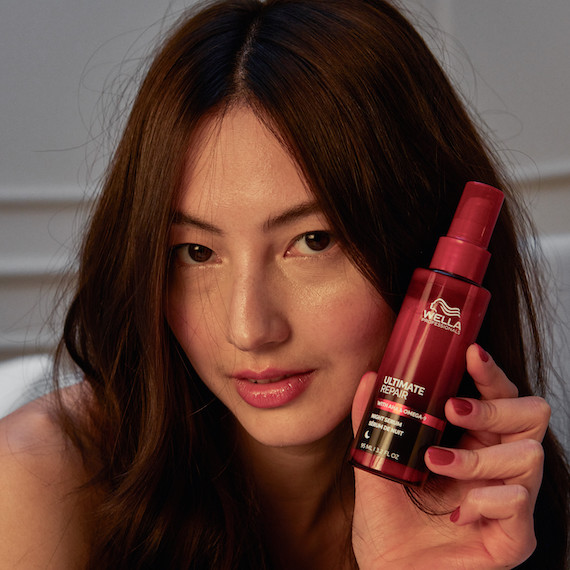
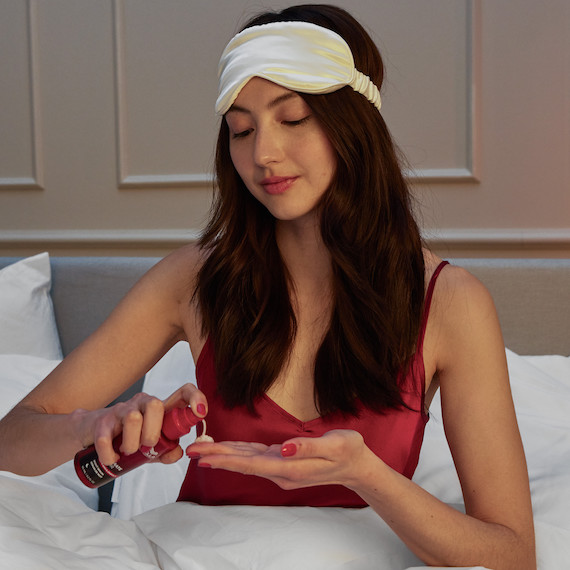
6. Skipping Regular Trims
The hair fiber is like a piece of rope. Once it becomes frayed and split at the ends, that split can work its way higher up the length until it completely unravels. That's just one of many reasons frequent trims are the key to keeping your hair healthy. By snipping off split ends early on, you 'seal' the cuticle, preventing the risk of breakage higher up the hair shaft. So, as part of your healthier hair routine, try to book a trim at least once every six to eight weeks. Stick to this cycle and, from one salon visit to the next, your hair will keep getting healthier.
Can Hair Grow Back After Breakage?
Good news: your hair can (and will!) grow back after breakage. While the broken strands through the ends can't be pieced back together, healthy hair growth from the roots will come through and your lengths will gradually be restored. This is thanks to the hair follicles, which are constantly regenerating to produce new strands that replace the broken hair. How long this takes will all depend on your unique hair growth cycle, but the average human hair usually grows one inch in one month.
So, even if you've had to have a thorough trim in order to remove snapping hairs through the lengths, following a consistent hair care routine will mean that your shorter style is only temporary. Follow the advice above to make sure hair breakage doesn’t return, and the newly grown hair will mean your mane is healthier and stronger than ever.
What's the Difference Between Hair Breakage and Hair Loss?
Telling the difference is simple. Noticeable hair loss happens when excessive shedding occurs from the hair follicles and roots. (It's important to remember that, as part of a normal hair growth cycle, we shed between 50 and 100 hair per day, so this wouldn't be considered excessive.) Meanwhile, breakage relates to the snapping of strands through the lengths and ends of your hair. It's a sign that the hair cuticle is under extreme stress, whether that’s due to heat styling, excess friction or too-tight hairstyles.
Hair shedding, thinning and male-pattern baldness or female-pattern hair loss may be caused by changing hormone levels, medical treatments, nutritional deficiencies or certain health conditions. This type of hair loss usually indicates an underlying issue, so if you think you might be losing more hair than usual, speak to a healthcare professional about your treatment options.
Looking for more ways to level up your hair care routine? Then check out Wella's virtual consultation tool. Like having your hairstylist on 24/7 speed dial, it builds your bespoke hair care regimen in minutes.
¹ When using ULTIMATE REPAIR Miracle Hair Rescue.
² When using ULTIMATE REPAIR Miracle Hair Rescue instrumental test vs. non-conditioning shampoo.
³ When using ULTIMATE SMOOTH Miracle Oil Serum, if unwashed for 3 days, vs. untreated.
⁴ When using Wellaplex N°2 with Blondorplex, versus Blondorplex alone.
⁵ Vs. non-conditioning shampoo.
